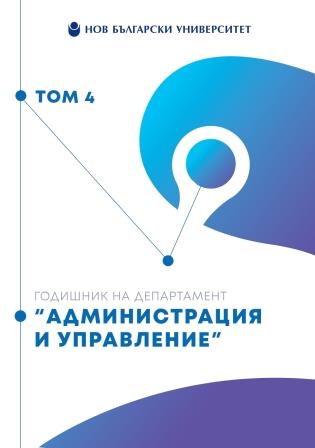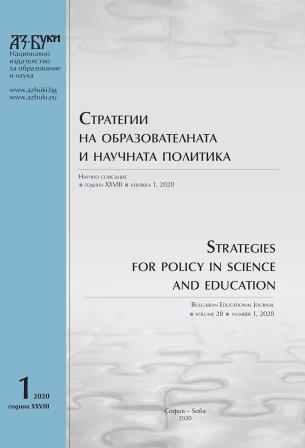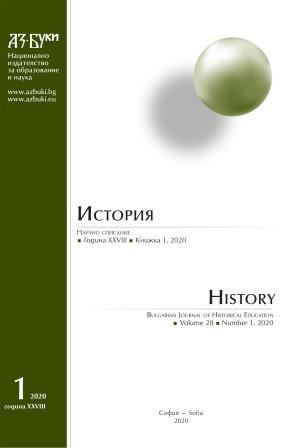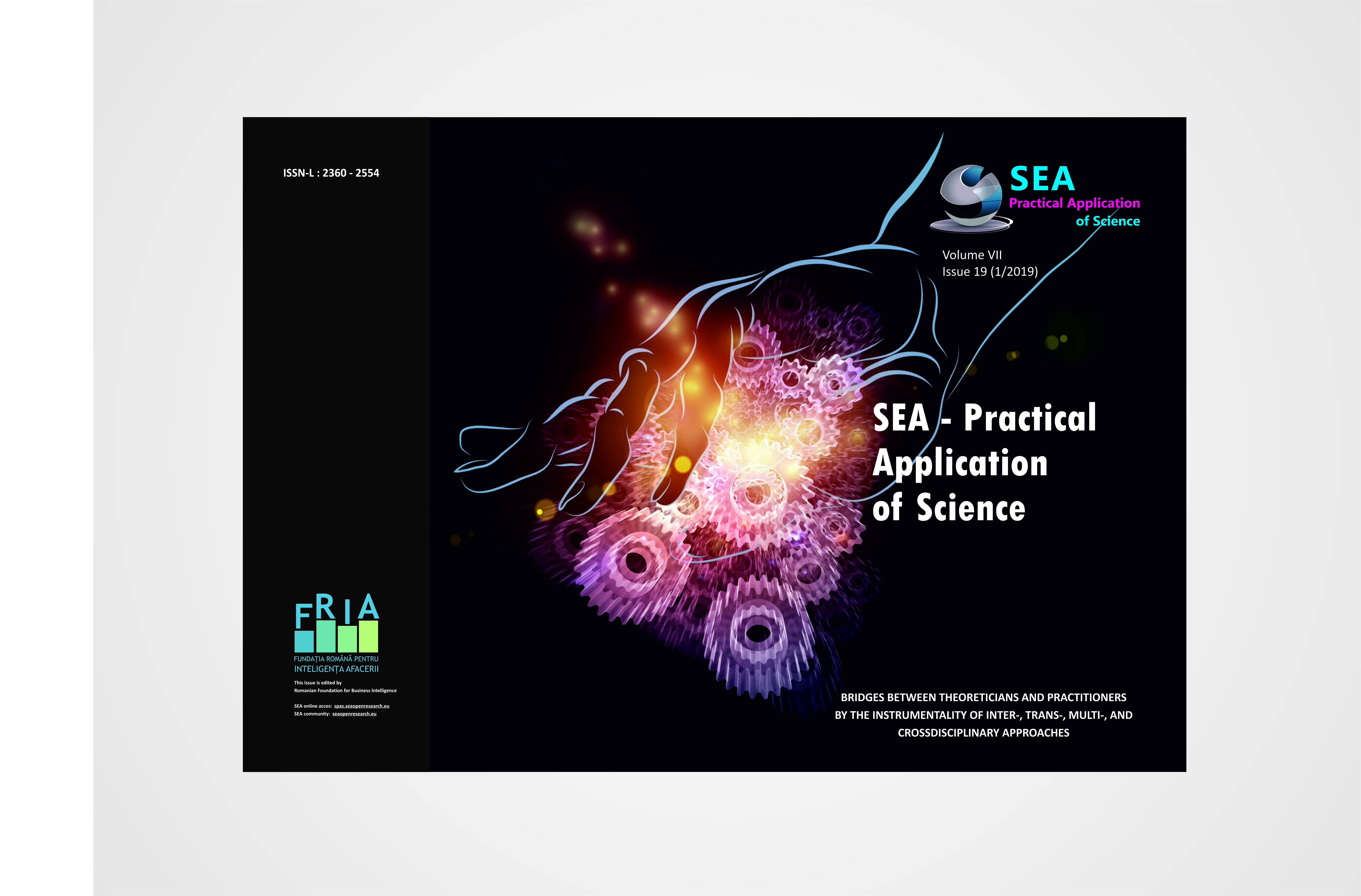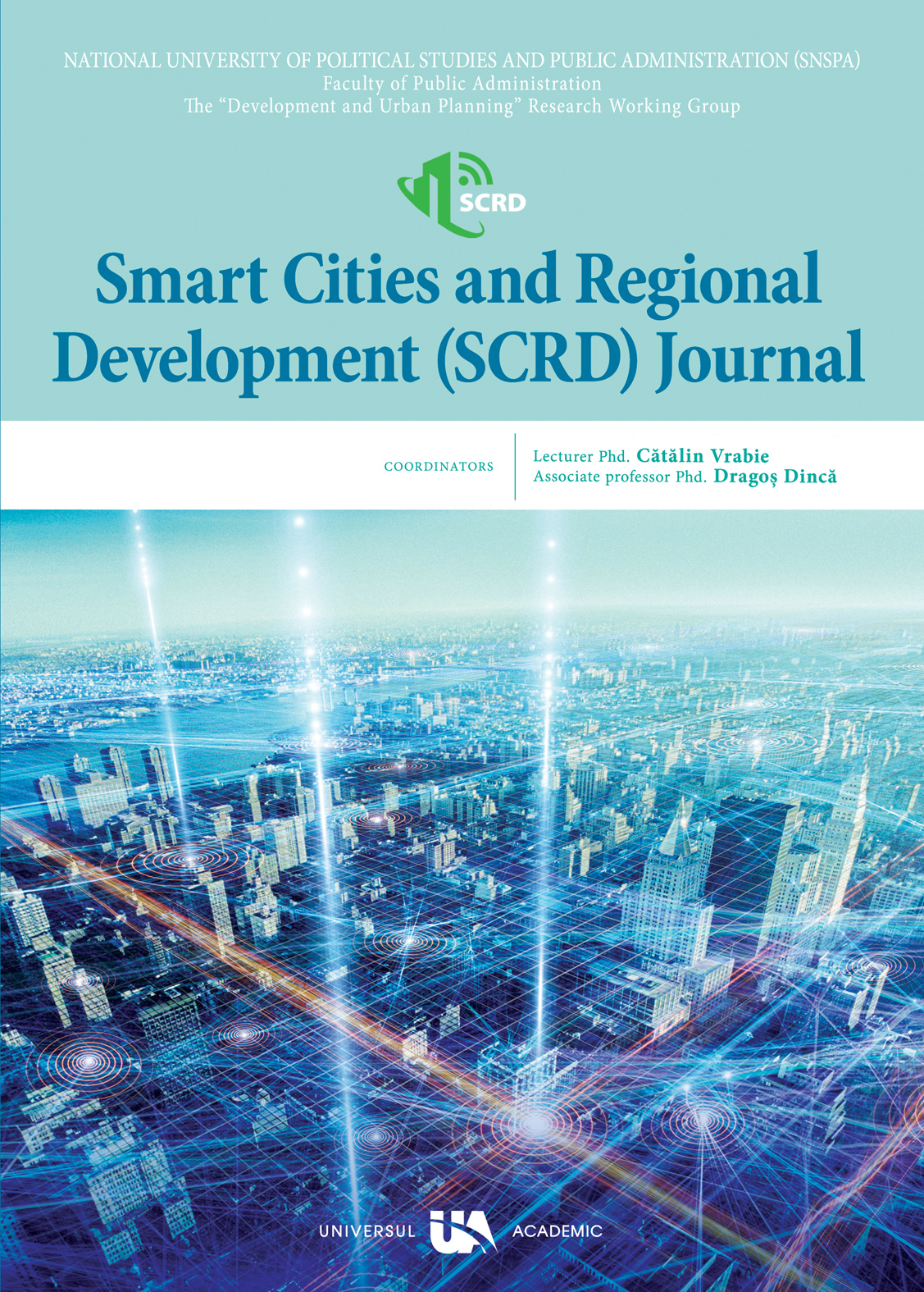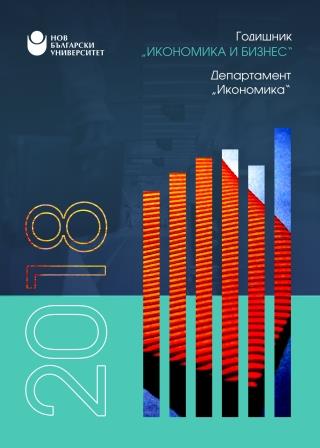
Прилагане на общата селскостопанска политика през 21 век и влиянието и в България
This article examines the costs of the Common Agricultural Policy within a 10-year period of the 21st century. Attention is drawn to the two pillars supporting agriculture - the European Agricultural Guarantee Fund (EAGF), ie the European Agricultural Guarantee Fund (EAGF) 1st pillar, and the European Agricultural Fund for Rural Development (EAFRD)- 2nd pillar. The article also analyzes Bulgaria in the context of CAP expenditure and contribution of the agriculture, forestry and fisheries sector in the country’s economy through the GVA indicator. Due to the fact that the main beneficiaries of subsidies are the so-called market-oriented agricultural holdings within the scope of the Farm Accountancy Data System (FADN), at the end of the article some indicators of these farms in Bulgaria are analyzed.
More...
